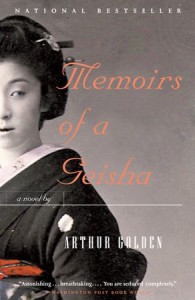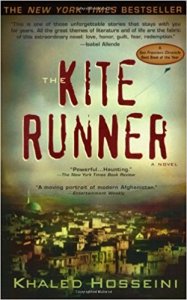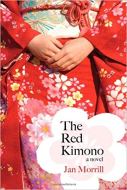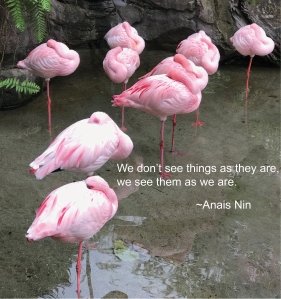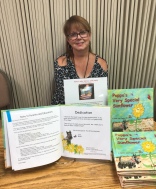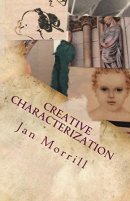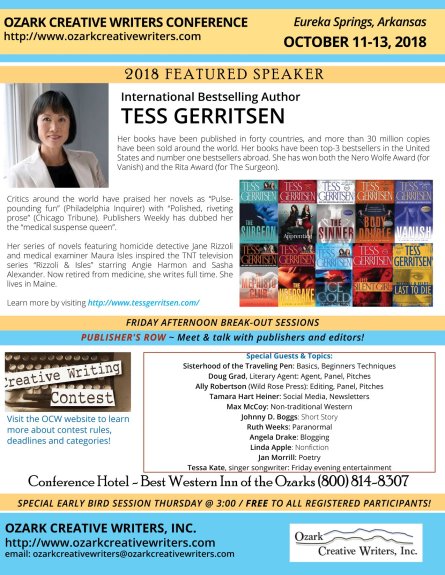
There are some books that are destined to have a sequel or series. For instance, I love the Longmire series. Odd Thomas by Dean Koontz is also a favorite of mine. Harry Potter? For sure. When I was younger, Nancy Drew, the Hardy Boys, and the Black Stallion topped my list. But do all books require a sequel?
Publishers like series, especially three-book series. They claim it boosts sales. As it is their business to know, I will take them at their word. However, in my opinion, not all books have another story to tell. Prime example? My own book, Daughter of the Howling Moon.
For those of you who have read Daughter, I want to say, “THANK YOU!” To those who have not, “What’s wrong with you?” Bethany Ann and Benjamin Sol are two of my all- time favorite characters. In fact, the whole book is jam-packed full of people I love.
I wrote Daughter on a sentence-by-sentence method. I had no idea about plot, story-arc, or any of that jazz. All I had to work with was a title and a burning desire to show the world that I can write dark and twisted. That my books are more than mere fluff and they always carry a deeper, meaningful message. Bethany Ann was not a character or even a name I would’ve picked to write about. She popped into my head and gave me word-after-word. I fell in love with her and her story.
Daughter of the Howling Moon is my favorite of all the books I’ve written to date. I think it is some of the best writing I’ve ever done. Sometimes I go back and read the book just for fun and I always end up thinking, “Holy Cow, where did that come from? Did I really write this?” However . . .
When I typed THE END on my manuscript, that was exactly what it was— the end. There was not another book or story to tell. Bethany Ann had given me all there was to give.
I tired to force the issue and write a sequel as my publisher really wanted one. No words came. I studied this issue. Maybe introduce a new character? That worked but only to a point.( There is a story there, however, that I will write one of these days, but it will stand alone and will not be related to Bethany Ann.) I struggled to make-up something, but I do not make-up stories. My books are channeled from actual people and are truth in another life, time and space. Finally it dawned on me:
There is no sequel. The story had been told. Period.
What is my point? If you are struggling with writing a series or sequel and the words just won’t come, the plot doesn’t thicken, or even a story idea doesn’t pop into your head, do not force it. Do not make-up something just to please others. You’ll regret it as well as waste valuable time you could devote to other stories.
Just as in movies, not all books are meant to have a sequel and some that do, should never have been.
Can any one say, “The Crimes of Grindelwald?”








